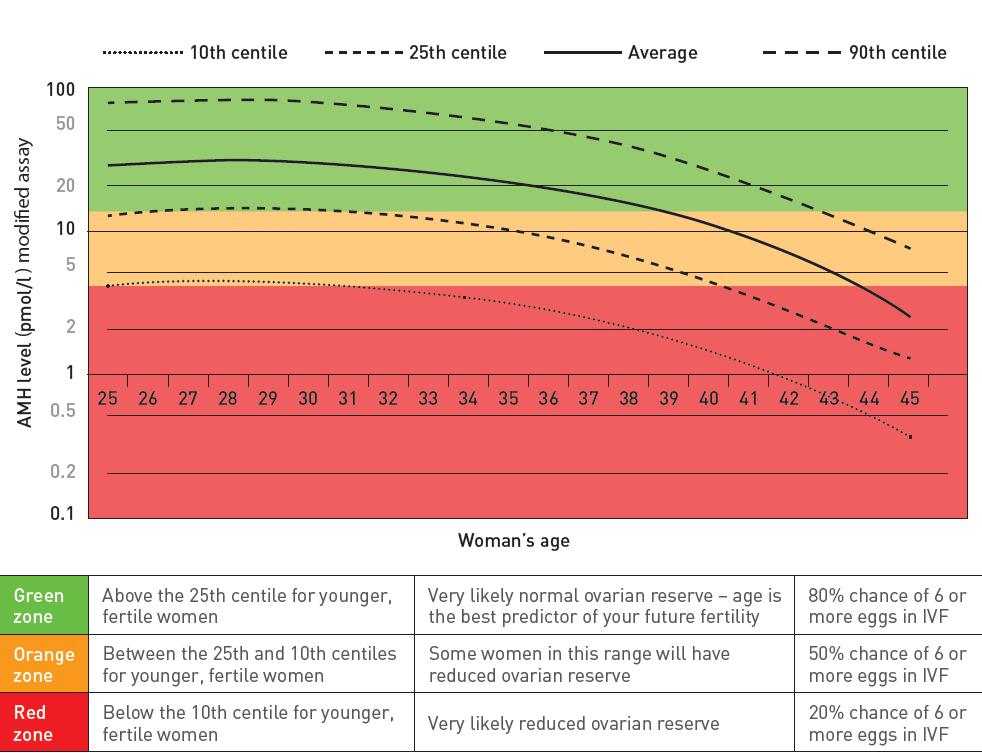
Quick Links for Doctors
Referral and Fertility Facts
- For fertile women aged 35 years or younger, about
- 60% will have conceived after 6 months
- 80% after 12 months, and
- 95% after 24 months.
- A normal fertility rate is achieved with intercourse every couple of days during the most fertile time of the menstrual cycle.
- Smoking halves pregnancy rates.
- Being overweight or underweight can affect ovulation and reduce response to fertility drugs.
- High alcohol or caffeine intake may reduce fertility.
Check:
- Female rubella status
- Taking Folic Acid
- Weight gain if anovulatory
- Occupational history
- Drug history
- Cervical smear history
Advice:
- Weight loss if BMI more than 28
- Stop smoking
- Minimal alcohol and caffeine intake
- Regular intercourse (2-3 times a week)
Wondering what to order before referring your patient to Sunfert?
Investigation:
- Progesterone 6 - 8 days before menses
- FSH and Estrad. day 2 - 4 of cycle
- Semen analysis – repeat in 4 - 6 weeks unless totally normal
- Prolactin and thyroid function ONLY if irregular cycles
- AMH Test – to check Ovarian Reserve
Further investigation for public referral:
- Laparoscopy if duration more than 1 year, unless severe ovulation or severe sperm factor
Refer when:
- No pregnancy and Biological Clock indicates status indicates the Think Or Act section, OR
- Any abnormal results on investigation
- Or if you patient is worried
Early referral if:
- Extreme anxiety about fertility
- Woman aged 35 years or older
- Irregular cycles or anovulation
- Severe sperm factor
- Previous abdo/pelvic/urogenital surgery
- Previous STD
- Two or more consecutive miscarriages
- Abnormal pelvic/genital examination (woman or man)
- Family history of menopause between 40-45 years or earlier
- Significant systemic illness
- Genetic conditions (e.g. cystic fibrosis, muscular dystrophy or Huntington’s disease)
Immediate referral before starting cancer treatment
- Sperm, eggs, ovarian tissue or testicular tissue stored before starting cancer treatment.
Anti-Müllerian Hormone
(AMH) test
For most women, age best predicts the chance of conception each month. However, despite having regular menstrual cycles and normal periods, about 10% of women lose their fertility sooner than expected. These women should think about having a family in their 20’s or very early 30’s.
The AMH test is considered the best test currently available to estimate ovarian reserve.
- This test is more convenient and less expensive than alternative tests because it uses a simple blood test rather than ultrasound scanning, and can be done at any time in the menstrual cycle.
- It can help predict how many eggs you are likely to obtain in an IVF cycle.
- It may also identify women who may undergo early menopause, and therefore who may
lose their fertility earlier than average. - Although an AMH test can help pick up those who might lose their fertility more quickly, it cannot show who is more fertile than average, nor does it predict ovarian reserve in women with Polycystic Ovaries (PCO).
Important points
Please remember that age is still a very important factor for fertility. The AMH tests can suggest when a women might have lower fertility than expected for her age. However, there is no evidence that ‘good’ AMH results mean that women have a higher fertility than expected for their age.
- We strongly recommend all women start their family well before 40 years of age.
- A normal AMH result does not exclude other possible causes of reduced fertility.
Graph of Anti-Müllerian Hormone (AMH) Levels
The graph shows the average AMH level for women without fertility problems according to age (the dark line) and the 10th, 25th and 75th centiles for this group of women.


